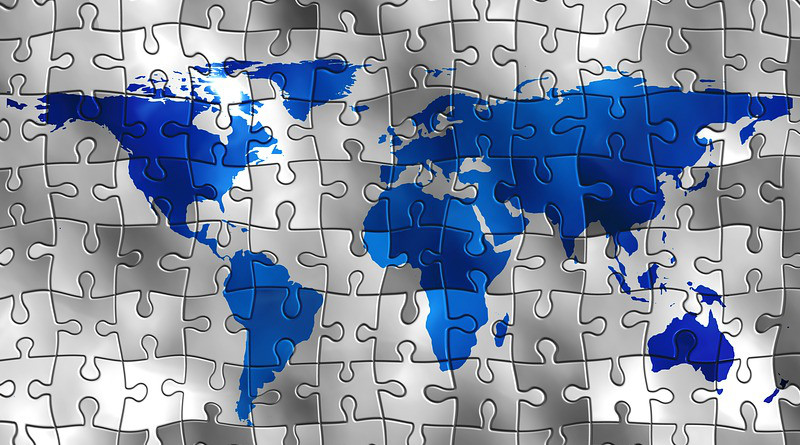Seven Areas To Watch As We Move To A Post-COVID Economy
By IESE Insight
After a sharp downturn in the global economy, a marked recovery is expected for 2021, buoyed by extraordinary monetary and fiscal policy measures. In fact, in 2021, global GDP is expected to grow by 6.7%, more than double the average increase seen in previous years, rebounding after a -3.6% plunge in 2020. And although economists are generally convinced states will recover from the current crisis, each at their own pace, several sources of uncertainty remain.
In an online session with alumni, professors Núria Mas, Juan José Toribio and Pedro Videla discuss seven sources of economic uncertainty to watch now.
1. Debt. Taking on more debt is a means to recovery, but it comes at a cost. Around the globe, debt levels have risen substantially. In the case of the United States, net debt has already climbed to about 107% of GDP and its fiscal deficit will be over a trillion dollars going forward. But even more pronounced are the increased debt levels now seen in emerging economies.
2. A monetary tsunami. The large swell in debt is mainly being held by central banks. That explains why interest rates remain so low. In Japan, for example, up to 75% of outstanding bonds are held by its Central Bank. Bubbles are emerging in some asset areas, including real estate and gold.
3. Inflation. Prices in Europe and the United States have been relatively stable for the last 25 years. Although the amount of money has increased substantially, banks have been holding on to much of it instead of putting it into circulation.
4. Incentives. Fiscal policy may not be promoting employment as intended. For example, in the United States, although the number of job openings is at a record level, the positions filled are not coinciding with predictions.
5. China. China is recovering quickly, but based largely on investment. It’s possible the markets will discount this recovery. Furthermore, although the country’s public debt is rather low, its total debt is quite high.
6. Commodities. In a recession, commodities’ prices would be expected to slump. However, prices for raw materials keep climbing. In 2021, copper, canola and timber have all reached record highs in trading.
7. Deglobalization. As globalization trends face reversals, they may be accompanied by greater inequality and populist policies, as seen in Latin America.

